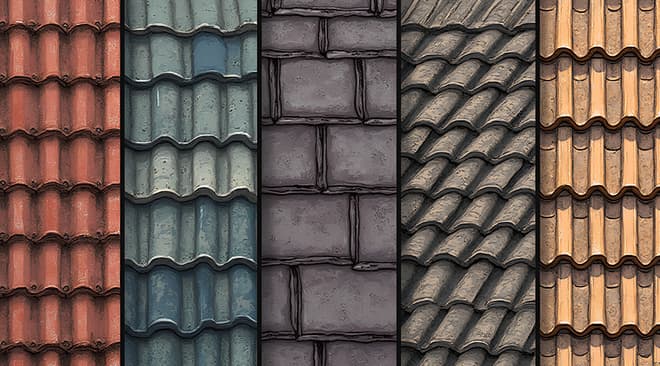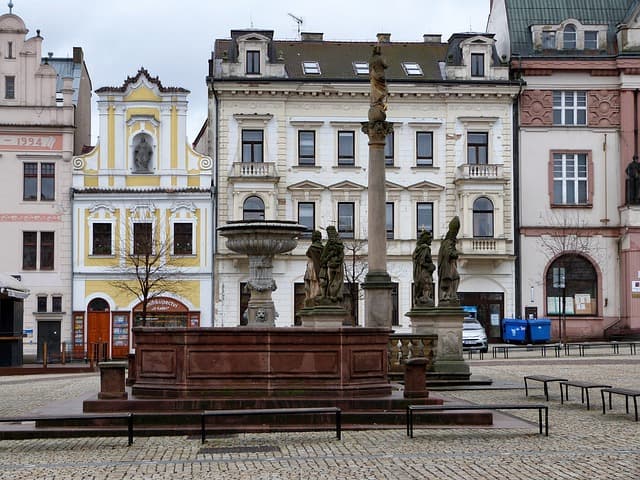Today we visited Salem, Massachusetts, talked to the locals and found out how the people of Salem have managed to transform a heavy historical legacy into a fashionable brand – to turn a town where people were once summarily executed on suspicion of practicing black magic into the “witch” capital of New England.
Salem is one of the oldest cities in New England and the United States. The first British colonists settled at the mouth of the Naumkeag River as early as 1626. Before the arrival of the British there was an Indian village in Salem. The still existing urban agglomeration of Salem-Peabody-Danvers was founded by Roger Conant, a colonist and salt merchant. The city owes its name to the biblical city of Salem (a Hellenized form of the Hebrew word “shalom” (“peace”)).
There are eight other American cities named Salem in Illinois, Indiana, Oregon, North Carolina, New Hampshire, New Jersey, Ohio and Virginia.
It was in Salem that the very first Puritan church in New England was built in 1635 – it is so called: the First Church of Salem. The building has not survived in its original form to this day.
The trial against witches, which resulted in the execution of 19 people, began in Salem in 1692. The witch hunt was declared after the cousins Abigail Williams and Betty Parris were “possessed by the devil”: the girls began to convulse, they thrashed in a fit and even, according to court documents, “tried to climb the stovepipe”. The village doctor quickly realized that this was a case of powerful witchcraft, and it was immediately clear who was to blame – of course, the black slave girl Tituba, who lived with the girls’ family.
Further events defy logical analysis: in February, 1692 three women – the above mentioned slave and two colonists, Sarah Hood and Sarah Osborne, were arrested on suspicion of witchcraft. Apparently, they had approached Tituba with a request for fortune-telling. In all, more than 200 Salem residents were accused of witchcraft in 1692 and 1693. Nineteen people, 14 women and five men, were found guilty by the court and sentenced to execution by hanging.
The Salem witch-hunt is now considered one of the most vivid episodes of the mass hysteria which in the distant past enveloped the inhabitants of the English colonies in North America. The events that took place in Salem were made possible by the isolation of the colonists from the outside world, the religious exaltation inherent in the Puritans, and imperfect legal procedures.
People
According to the 2010 census, just over 41,000 people live in Salem. The number of people living in this city has remained virtually unchanged since 1910.
Salem is still home to the descendants of women accused of witchcraft in the 17th century. We were able to speak with one of them, John Keenan, the great-great-great-great-great-great-great-great-great-great-grandson of Rebecca Nurse. She was hanged on charges of witchcraft. Keenan has lived in Salem all his life – he is now president of Salem University.
By the way, the local university is the largest of the nine colleges that make up the single system of higher education in Massachusetts. There are about 10,000 students at the university campus.
There are some real witches living in Salem, too. One of them, a modern-day witch named Jackie, agreed to talk about the rituals she performs in honor of the goddess Hecate and confessed that she feels much safer in Salem compared to “some Ohio.”
The Numbers
Sixteen feature-length feature films and documentaries tell the story of the Salem witch trials, or the characters in these pictures have something to do with the mythical witches of Salem. Among the most famous films made about Salem witches are the 1993 mystical comedy Hocus Pocus starring Bette Midler and Sarah Jessica Parker, and the 1996 drama Severe Trial, starring Winona Ryder.
In addition, some episodes and even seasons were devoted to Salem by the writers of the cult series “My Wife Has Enchanted Me”, “Sabrina the Little Witch”, “The Simpsons”, “Charmed”, “The Vampire Diaries”, “Bones”, and WGN even made three seasons of the series “Salem”, the plot is based entirely on the trial of 1692. In 2002, a miniseries called “The Salem Witch Trials” aired on CBS.
The main characters of the third season of the popular series “American Horror Story”, witches undergoing a course of black magic in a private school in New Orleans, trace their origin to the witches of Salem. The black witch Queenie, played by actress Gabourey Sidibe, is a direct descendant of that same slave Tituba, one of the first victims of the Salem witch hunt.
The main characters of the third season of “American Horror Story” are the voodoo priestess Marie Laveau (Angela Bassett) who declares war on the “thieves” – white witches from Salem; the Supreme Witch Fiona Hudd (Jessica Lange) who leads all descendants of Salem witches and Delphin Lalory, whose role in the show masterfully played by Kathy Bates.
Dolphin Lalorie, who lived in New Orleans in the early 19th century – a real-life historical figure, something like Louisiana’s Saltychika – brutalized her slaves, resulting in several deaths from torture.
250,000 people visit Salem each year in October – it’s all about Halloween! The people of Salem consciously cultivate the image of a “witchy” town. This draws crowds of tourists to Salem, eager to walk through haunted houses and hear scary stories of mass witch executions.
It costs zero ($0) for Salem residents to enter the local museum, which houses one of the largest collections of Asian art in the United States. The Peabody-Essex Museum is among the top 10 art museums in North America. It houses 840,000 works of art brought to the United States from around the world. The museum was founded in 1799 by a group of Salem sailors.
1664 is the year that the oldest surviving building in Salem, the Pickman House, was built. It is also the second oldest building in the United States. The historic house adjoins the memorial, which was erected in 1992 in memory of the victims of the witch-hunt, and the local cemetery – it, by the way, is also one of the oldest cemeteries in the United States. The house belongs to the Peabody-Essex Museum and is closed to the public.
However, tourists can get inside other old buildings that were built around the same time – the Gedney and Cox House, built in 1665. Or to the famous House of the Seven Gables – a mansion built a little later, in 1668 (remember, before the trial of witches then was still 25 years!). This house became famous thanks to the novel of the same name, written by American writer Nathaniel Hawthorne in 1851.
What residents say about the town
“If there’s one good thing about all the hysteria [during the witch hunt], it’s that the foundation was laid for our judicial system. In fact, the source for modern evidentiary methods was what happened in Salem. In many ways because of its history, Salem has become a much more progressive, social justice-oriented city.”








